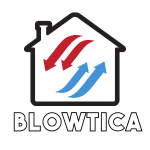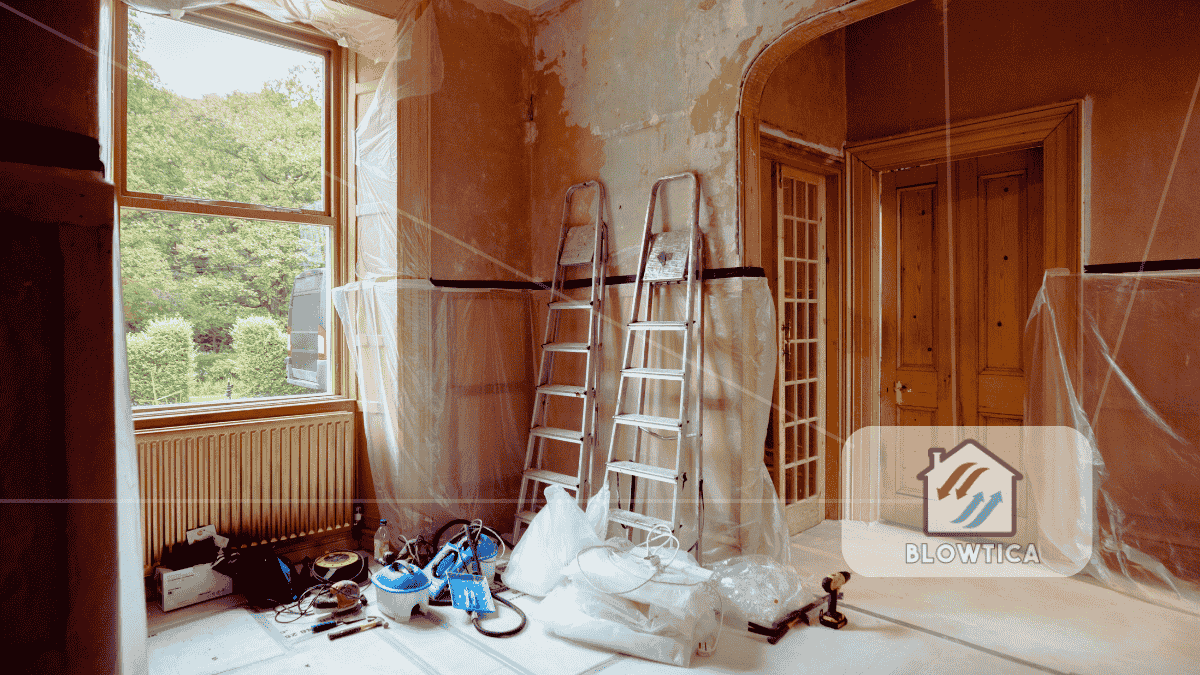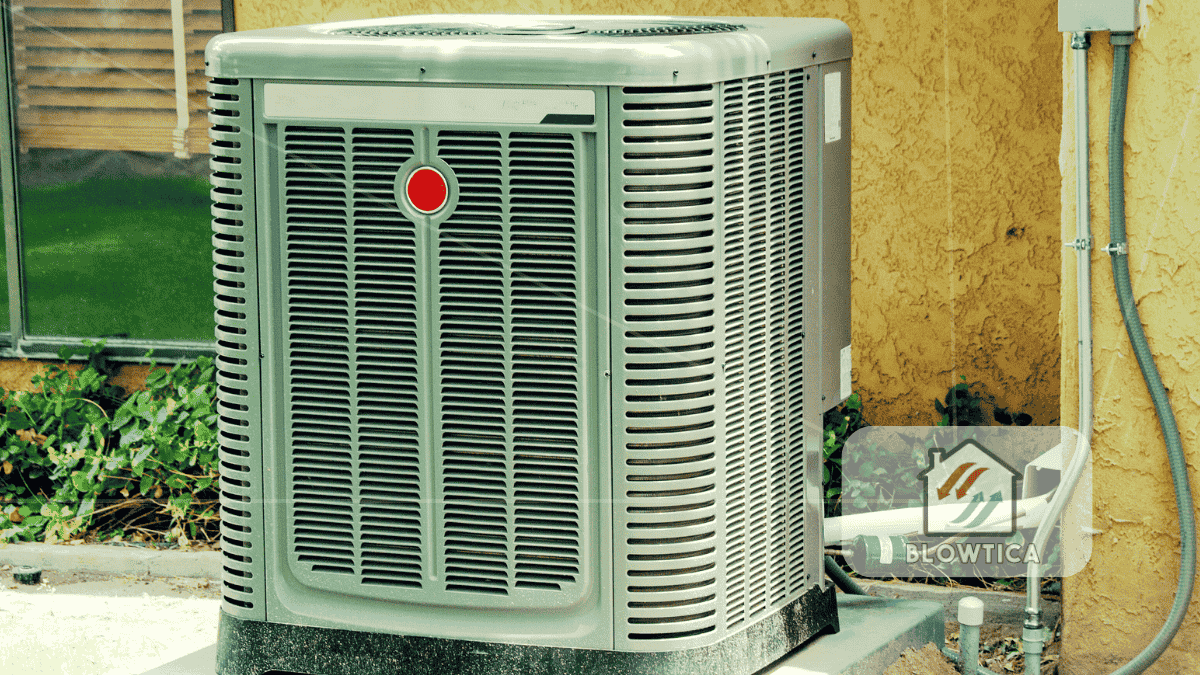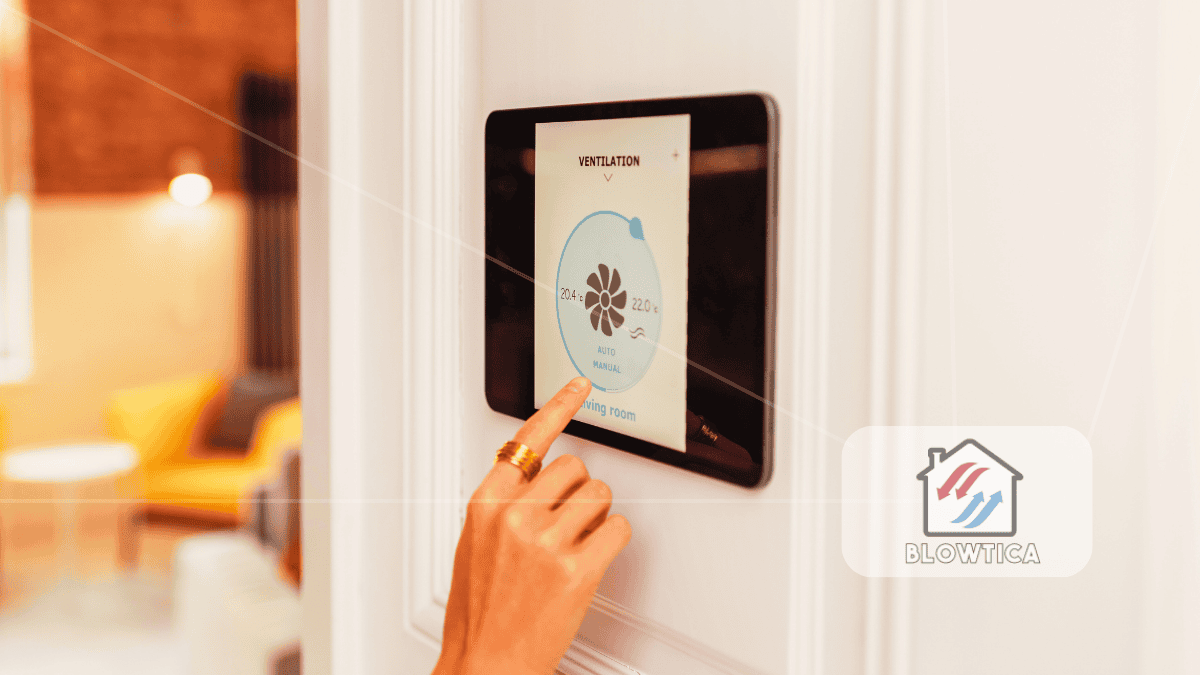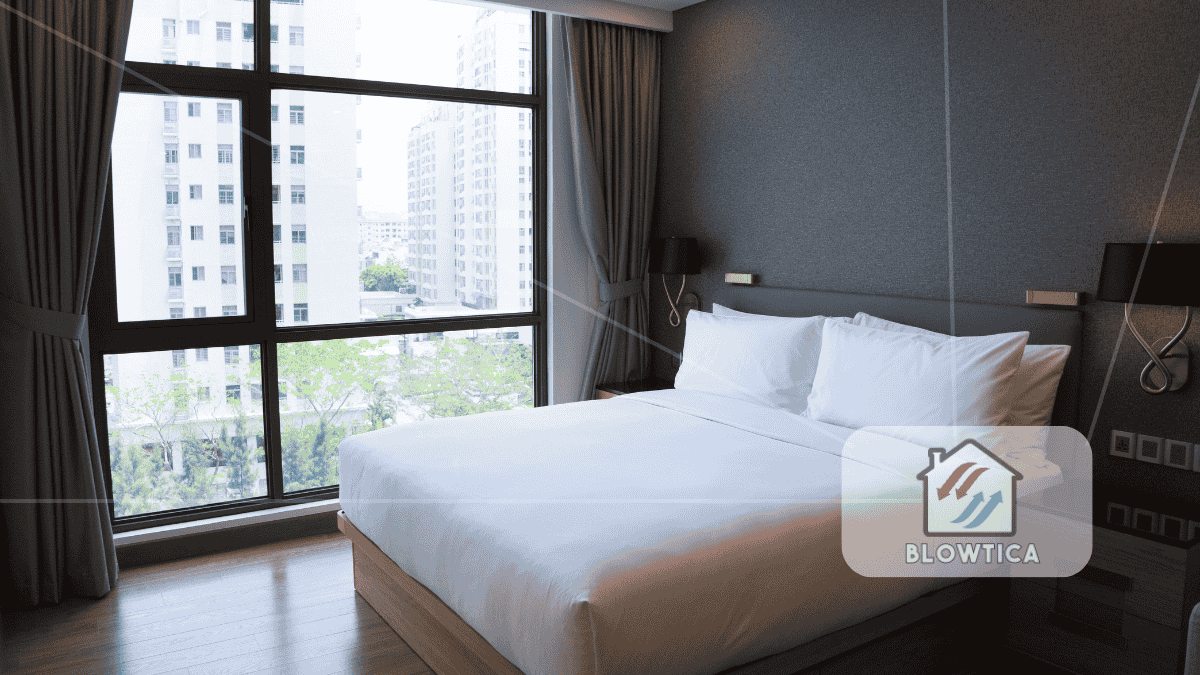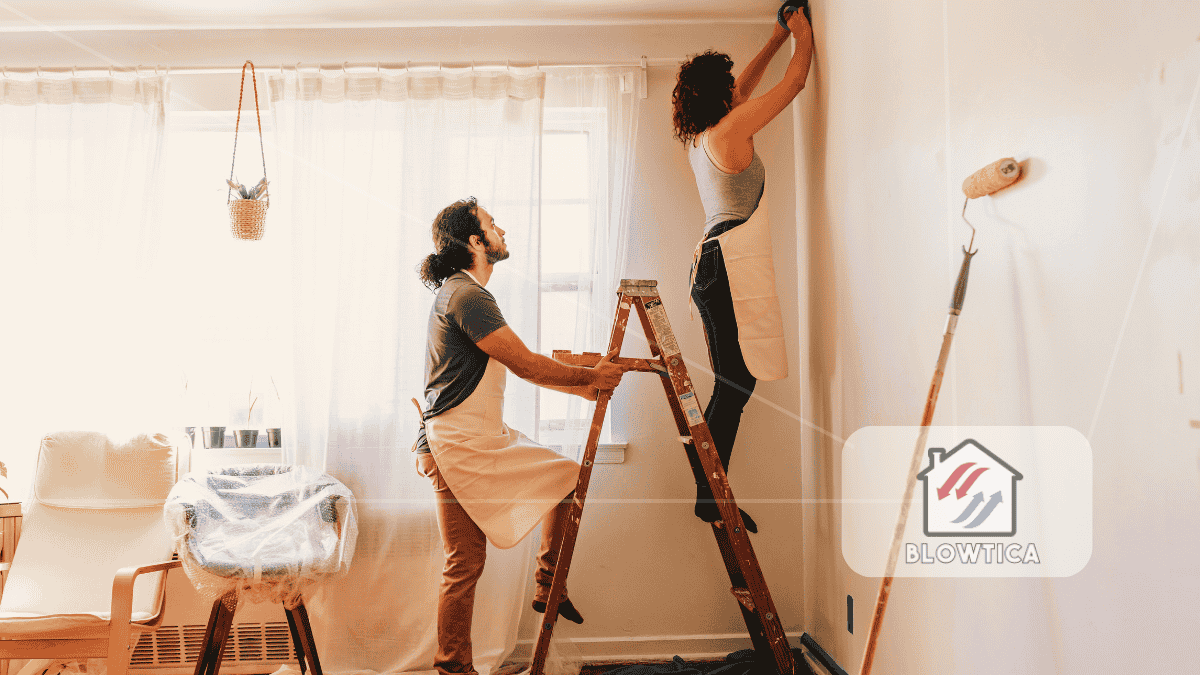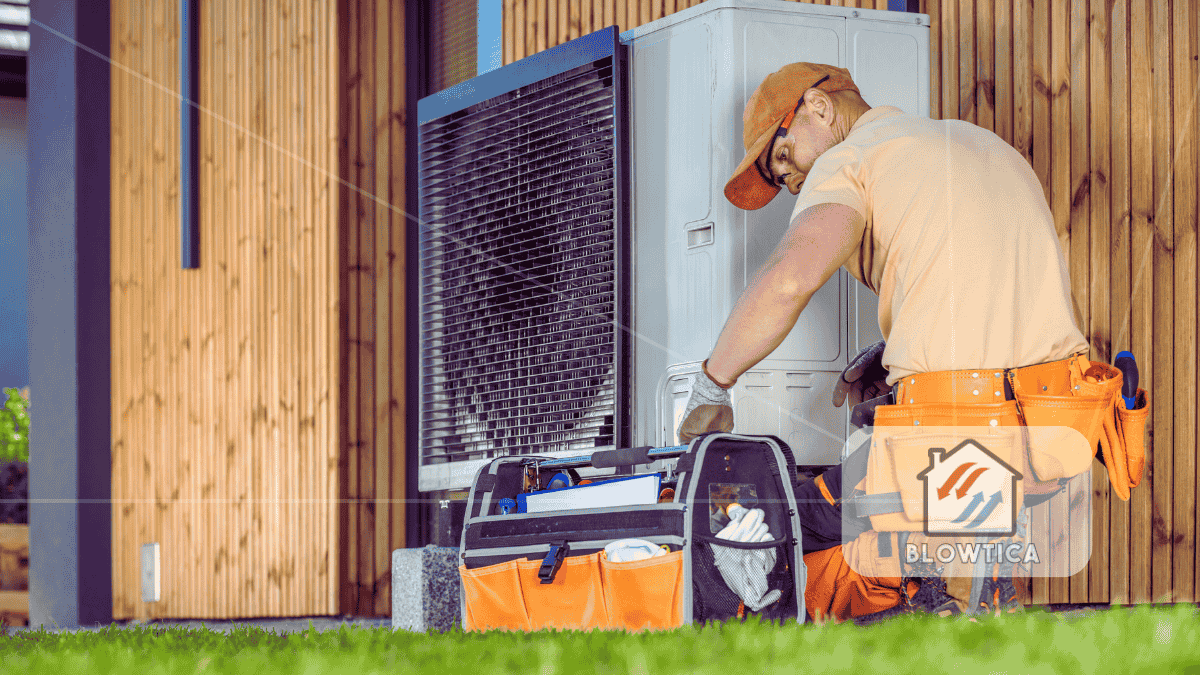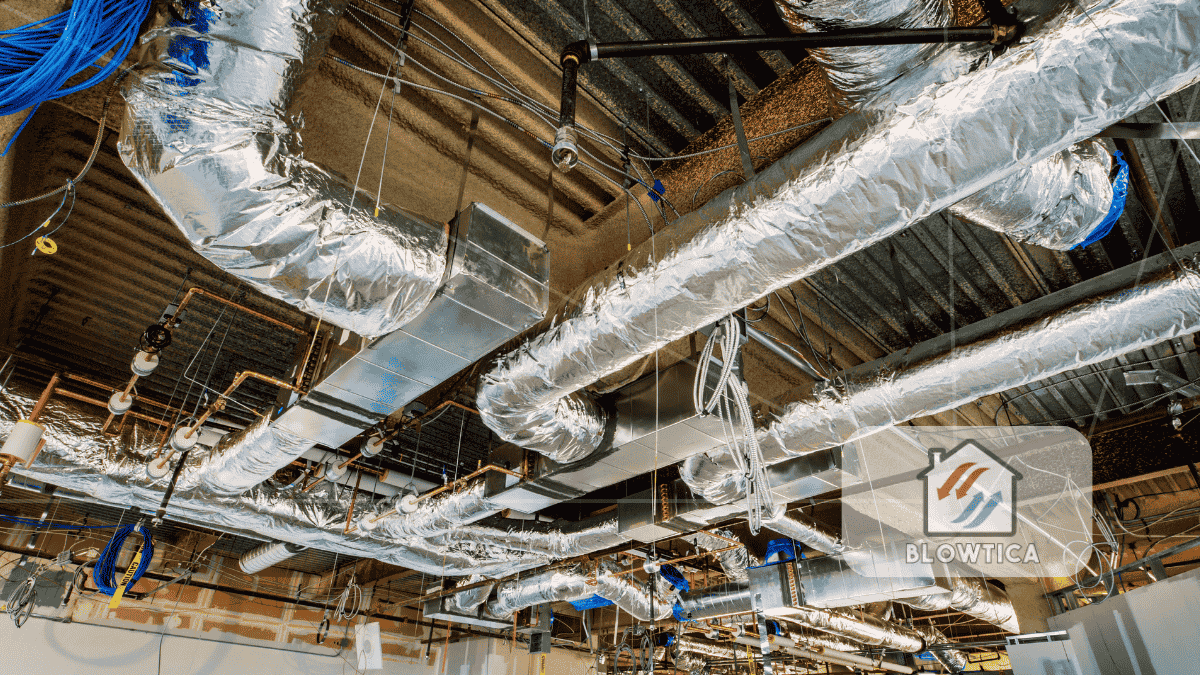
You can buy the most efficient HVAC system on the market, but if your ductwork is leaking air or lacking insulation, you’re still bleeding energy. It’s like pouring filtered water into a cracked pipe—some of it simply won’t reach the faucet. This is where duct sealing and insulation come in. They’re not flashy upgrades, but they’re game-changers when it comes to cutting utility bills and improving home comfort.
Most homeowners don’t realize that duct systems can waste up to 30% of heated or cooled air due to leaks and inadequate insulation. That’s energy—and money—literally vanishing into crawl spaces, attics, or basements. By taking control of your ductwork, you can fix this silent problem at the source.
This guide walks you through the real-world benefits, expert techniques, and long-term savings of treating duct sealing and insulation as top HVAC upgrades—not just afterthoughts.
Why Ducts Matter More Than You Think
The Role of Ducts in Your HVAC System
Think of your HVAC system as a body: the furnace or air conditioner is the heart, the thermostat is the brain, and the ductwork is the bloodstream. If the ducts aren’t properly sealed and insulated, air can’t circulate effectively. That leaves your system working overtime to compensate for air that’s lost in unconditioned zones.
What Happens Without Proper Sealing and Insulation
- Air escapes through cracks and seams, especially at joints or bends.
- Uninsulated ducts absorb or lose heat, depending on the season, making conditioned air less effective by the time it reaches your living spaces.
- Energy bills climb, because your HVAC system runs longer to make up for the inefficiency.
- Some rooms stay stuffy or cold, creating uneven temperatures and poor airflow.
Real-World Payoffs of Duct Sealing and Insulation
This is more than just a home improvement project—it’s a strategic move with tangible benefits.
1. Slash Energy Bills
Homeowners who properly seal and insulate their ducts report savings of 10% to 20% on heating and cooling costs. That’s not a vague promise—that’s measurable relief for your wallet.
2. Make Your Home Comfortable, Room to Room
No more freezing bedrooms or overheated upstairs offices. Consistent airflow means consistent comfort. It also means no more fighting with the thermostat.
3. Improve Indoor Air Quality
Leaky ducts don’t just let air out—they pull dust, insulation particles, mold spores, and pollutants in from attics and crawl spaces. Sealing those leaks helps ensure you’re breathing cleaner air indoors.
4. Reduce Noise
Rattling ducts or hissing air often indicate leaks. Once sealed, you’ll notice a quieter, calmer indoor environment.
5. Extend Your HVAC System’s Life
With less strain on the system, your HVAC components work more efficiently and last longer. That means fewer repairs and a delayed need for replacement.
Duct Sealing and Insulation as Top HVAC Upgrades
When thinking about top HVAC upgrades, homeowners often default to replacing the system itself. But that can cost thousands and might only yield marginal gains if your ducts are still leaking.
Instead, duct sealing and insulation are low-cost, high-return upgrades that boost the performance of everything else. They support your furnace, your air conditioner, and even your smart thermostat. It’s one of the smartest upgrades a homeowner can make—especially when combined with other weatherization efforts like attic insulation or air sealing.
How to Properly Seal and Insulate Ductwork
1. Start with a Home Energy Audit
Before doing anything, get a professional home energy audit or duct leakage test. Specialists use tools like blower doors and pressure gauges to identify where air is escaping. Some utility companies offer these audits at little to no cost.
2. Sealing the Leaks
Once problem areas are identified, the first step is sealing them. Here’s how professionals approach it:
- Use mastic sealant or foil-backed tape. These are durable and designed for HVAC systems. Duct tape (ironically) is not a long-term solution.
- Seal all joints, seams, and connections, especially near vents, air handler units, and branch points.
- Focus on unconditioned spaces, like attics or crawlspaces, where temperature loss is most significant.
3. Insulating the Ducts
After sealing, wrap the ducts with insulation. The type and thickness depend on climate zone and duct location:
- Fiberglass duct wrap is the most common, offering excellent thermal resistance.
- Rigid foam insulation can be used for ducts that are harder to access or where space is limited.
- R-values of R-6 or higher are ideal for ducts in unconditioned areas.
4. Consider Aeroseal Technology
For hard-to-reach ducts, some professionals use an aerosol-based product that seals leaks from the inside out. It’s more expensive, but it can reach leaks traditional methods can’t touch.
When Should You Upgrade?
If you notice these issues, it’s time to consider duct sealing and insulation:
- Uneven temperatures between rooms
- High energy bills despite moderate thermostat settings
- HVAC system that runs constantly
- Dust build-up around vents
- Visible ducts in unconditioned spaces with no insulation
DIY or Hire a Pro?
While handy homeowners can tackle basic duct sealing themselves, professional work ensures compliance with building codes, better materials, and more thorough coverage. Certified HVAC technicians bring experience that pays off in long-term reliability and efficiency.
Cost vs. Return on Investment
The cost of duct sealing and insulation ranges from $500 to $2,000, depending on home size, duct accessibility, and materials used. That might sound steep, but the return shows up fast:
- Lower monthly utility bills
- Increased home resale value
- Greater comfort
- Extended HVAC lifespan
Unlike flashy kitchen remodels or new siding, this upgrade actually pays for itself.
Complementary Upgrades
To maximize results, combine duct sealing and insulation with:
- Attic insulation: Keeps conditioned air inside your home
- Air sealing: Targets leaks around doors, windows, and plumbing penetrations
- Smart thermostats: Improve temperature control based on occupancy and behavior
- Zoned HVAC systems: Further fine-tune where air goes and when
Together, these upgrades form a layered approach to energy efficiency—transforming your home into a high-performance system.
What the Experts Say
Energy consultants and HVAC technicians across the board agree: sealed and insulated ducts should be among the first upgrades you make—not the last. It’s a foundational fix that ensures all other HVAC improvements deliver their full potential.
Final Thoughts: Fix the Ducts, Feel the Difference
Too often, homeowners chase high-tech solutions while ignoring the basics. Duct sealing and insulation are invisible upgrades—but they’re powerful. They cut energy loss at the source, lower your utility bills, and keep your home feeling exactly the way you want it.
So before you spend thousands on a new AC unit or furnace, look into your ductwork. It might just be the most cost-effective move you can make.
